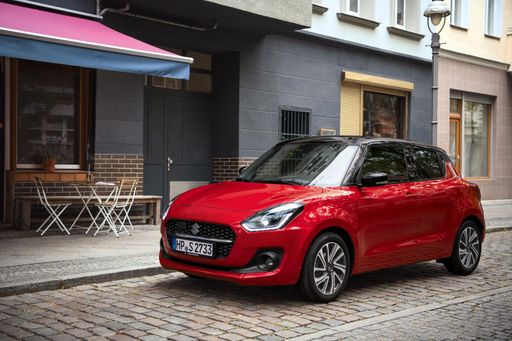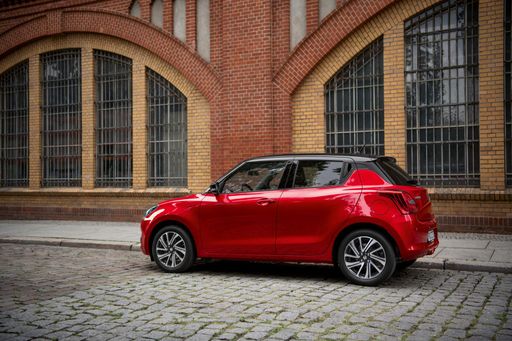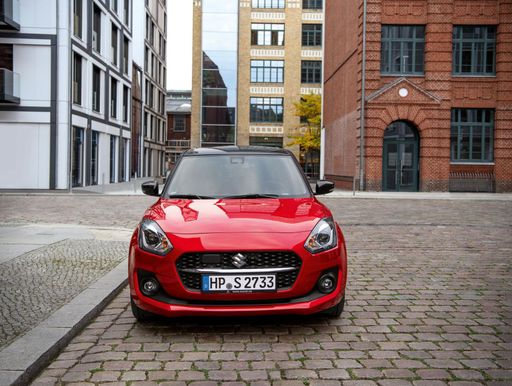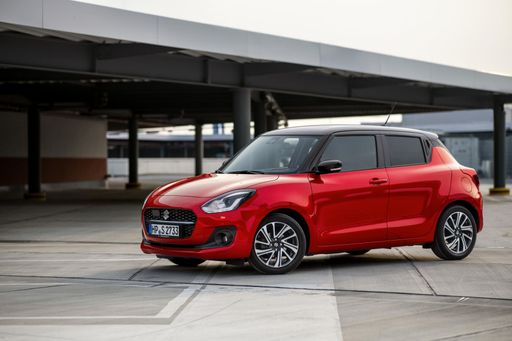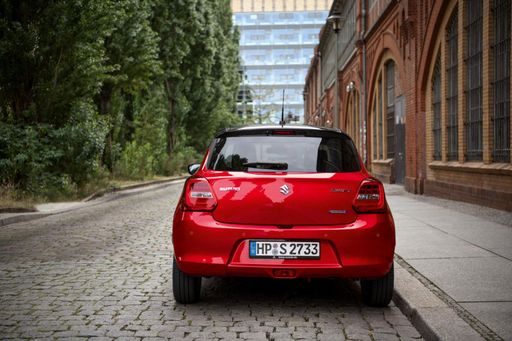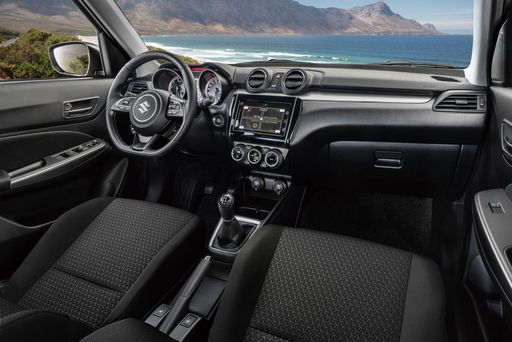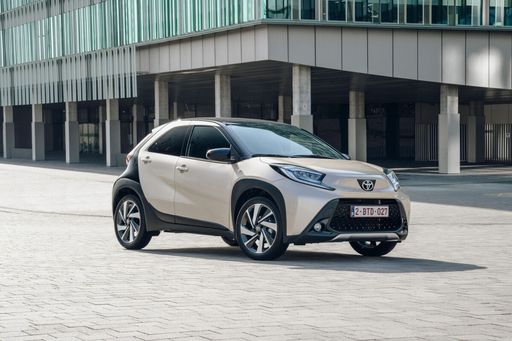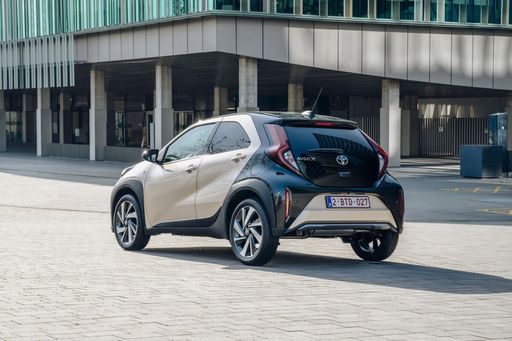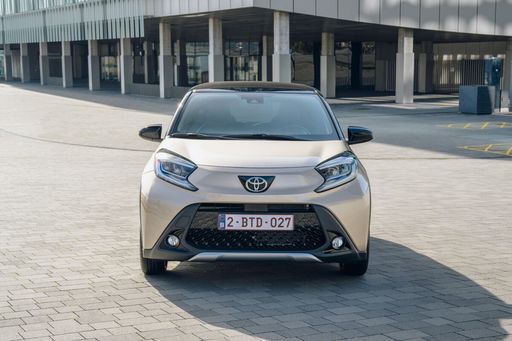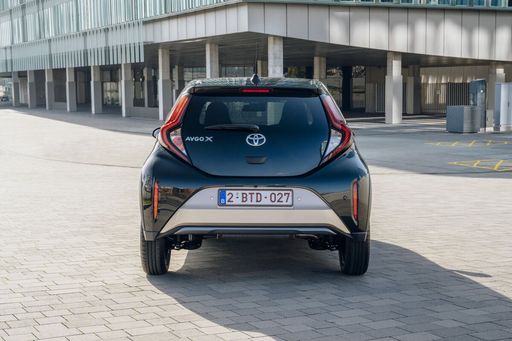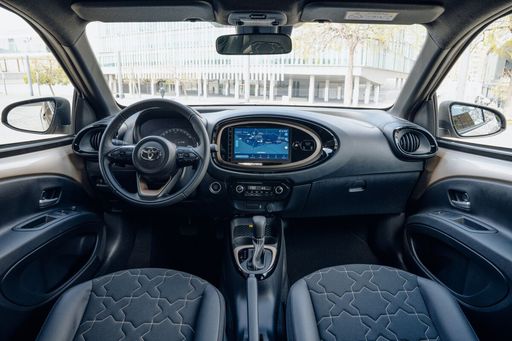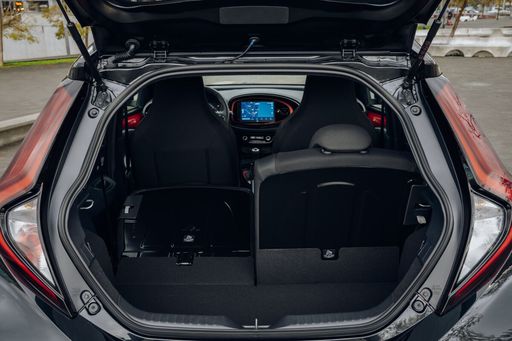Personality on the Pavement
Suzuki Swift arrives with the kind of sporty swagger that hints at a livelier character, while the Toyota Aygo prefers a cheeky, fashionable look that turns heads in tight urban streets. Both have distinct identities: one feels poised and grown-up, the other playful and smile-inducing. Pick your vibe and the choice becomes as much about attitude as it is about practicality.

